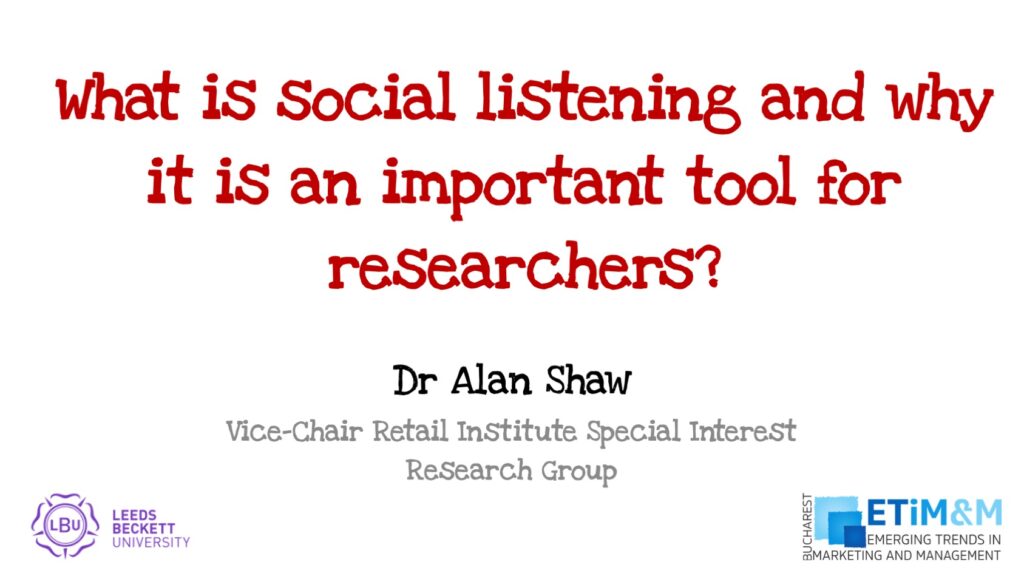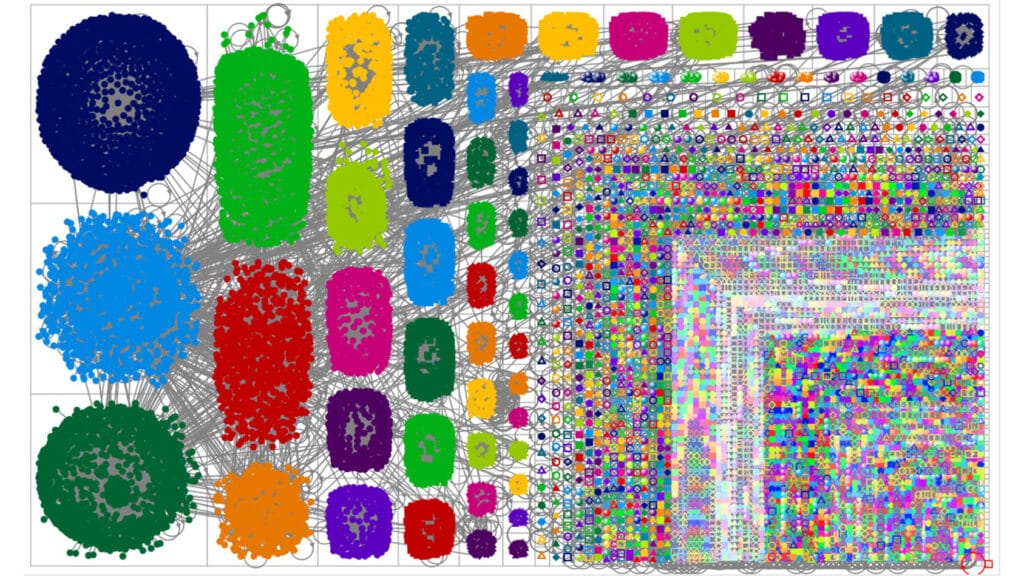This article is designed to give the reader an insight into Sales Promotions Online. It builds on my previous article: An Insight Into Online Merchandising. The objective is to get you, the reader, to appreciate how the Internet can be used for sales promotional purposes. At the end of the article you should also have an understanding of the opportunities and challenges of merchandising on an Internet sales platform.
I shall start by giving you the definition of sales promotion: the Institute of Promotion Marketing states that sales promotion is ‘a range of tactical marketing techniques, designed within a strategic marketing framework, to add value to a product or service, in order to achieve a specific sales and marketing objective.’ Essentially what you are doing is persuading a potential customer to buy a product or service.
Before undertaking a sales promotion task you must consider the following:
- What is the objective of the sales promotion? This will help you design the most appropriate campaign for the task.
- How does it fit with the Business / Marketing Plan? By knowing the objective you can quickly see how it impacts the business and/or marketing plan. make sure there is no conflict.
- What does the promotion cost? You should also have a firm understanding on what the sales promotion will cost: there is no point in starting a campaign if it is going to cost more than the projected returns.
- How does it impact the Brand? Certain types of brands are more open to sales promotions: luxury brands have very specific requirements (constant sales and discounts will damage their image).
You should also bear in mind that there are a number of rules and regulations associated with sales promotions. The examples I am going to give you relate to the UK, please check your own country’s legislation before embarking on a campaign. Essentially, the sales promotion rules apply to consumer and trade promotions, incentive schemes and the promotional elements of sponsorships; they regulate the nature and administration of promotions. The three key areas I am going to focus on are (source – Committee of Advertising Practice):
Price & Value Promotions.
The promotion must be a genuine price reduction or increase in volume that is applied for a particular period of time. Your business must say when the offer ends or that it is “subject to availability”. You should ensure that you estimate demand for the offer as accurately as possible.
The promotion must always be clear and not misleading. The comparison with the regular price or amount must be clearly marked and should not be ambiguous. For example, is the consumer getting 20% more volume or the same volume for 20% less cost? The goods must be the same quality and size as normally priced goods.
Price Reductions.
If your business is comparing the price to your previous or usual price (including for volume promotions), then the previous price should have been the most recent price available for 28 consecutive days or more and comparisons should not be made with prices that were last offered more than six months ago. Your business can then reduce the sale price further if you wish, as long as you mention the interim price.
Your business should not suggest the sale is for a shorter period of time than you intend. However, you can extend the sale period if you clearly announce it is an extension. Notices saying, for example, “up to 50% off” can only be used if the maximum reduction quoted applies to at least 10% of the range of products on offer.
Competitions.
Competitions or more specifically prize draws are schemes in which prizes are allocated by chance but there is no entry charge. In Great Britain, your business would be allowed to require a purchase as a condition of entry, but the price of the product cannot be inflated to cover the cost of the promotion, otherwise the draw will be deemed a lottery. Your business can restrict entry to individuals who accept certain conditions.
If the draw is open to all, the chances of success must be the same for everyone regardless of how they entered and the prize allocation must be by chance.
Once you are happy with that you are not infringing on the restrictions I have highlighted above you can begin the sales promotion process. You will see from the table below that the online sales promotion process is more comprehensive than the traditional means. Depending on the brand in question you may want to develop a plan that incorporates both.
Once you have set your objectives and ensured that they will operate within the statutory requirements you can embark on the campaign. It is worth now illustrating the differences between traditional and digital sales promotion, the list below illustrates some of the common methods, practices and processes used in each arena:
| Traditional | Digital |
| Direct Mail. | Websites. |
| Money off coupons. | E-mail marketing. |
| Discount vouchers. | Digital Market Places / Affiliate Marketing (Groupon, LivingSocial etc). |
| Traditional Advertising. | Web Advertising. |
| Competitions. | Competitions. |
| Free gifts. | Free gifts. |
| Point of sale materials. | Digital Point of sale materials. |
| Loyalty cards. | E-Loyalty cards. |
| Cold Calls. | Apps. |
| Catalogues. | Bluetooth. |
| Personal Selling. | Digital Screens. |
| Trade Fairs / Events. | Search Engine Optimisation. |
| Mobile / Geo Targeting. | |
| Social Media. | |
| Text Messaging. | |
| QR Codes. | |
| Cold Calls. | |
| Comparison Sites |
The list is by no means exhaustive, it does demonstrate that there are more digital options. Even though this article is about online promotion I must emphasise that the process should be integrated. Let’s now take a closer look at some of digital sales promotion processes. I will just give you a brief flavour those that I think are most important.
Websites.
These days if you are going to be successful you will need a website to promote your brand and all of its offerings. That’s not to say you will fail without one: many smaller small retailers uses sites like ebay and Amazon to sell their goods, they provide a wider reach. Ideally you will have your own site (you could use both).
The website provides you with an ideal platform to inform customers what is going on. The example below is from Zara: note how the sales message is in keeping with the brand image. You should use the website to also gain contact details (email address etc): get your customers to sign up for the latest offers.
[image source_type=”attachment_id” source_value=”2573″ caption=”Zara Website” align=”center” icon=”zoom” size=”small” fitMobile=”true” autoHeight=”true” quality=”100″ lightbox=”true”]
Just like a physical outlet, the retail website must not be static. It needs to continually change (with offers and interesting information): this will help bring users back to the site.
E-mail Marketing.
E-mail Marketing, a form of direct marketing is another good way of informing customers of a sales promotion. As mentioned above, you will need to encourage users to ‘sign-up’ to receive updates. You can do this via your website or even social media sites.
The example below is an email from ASOS, informing customers of their latest deal.
[image source_type=”attachment_id” source_value=”2579″ caption=”ASOS Email” align=”center” icon=”zoom” size=”small” fitMobile=”true” autoHeight=”true” quality=”100″ lightbox=”true”]
Web Adverts.
If you have a retail website then you will also want to engage in web advertising. There are many formats, you can create banner (horizontal), Skyscraper ads (vertical) or pop-up ads (they appear in the middle of the screen). There is also the option of using one of the ad facilities of the many social media platforms that are out there.
Search Engine Optimisation.
Search Engine Optimisation (SEO) is a process that enhances your standing on the search engine page ranking. This is a difficult process, but a key driver for success.Ultimately it is all about content: I did produce a more in-depth article on SEO a few years ago but it needs updating. Needless to say if you are not on page one you should consider a ‘Pay Per Clicks’ (PPC) process (another form of web advertising). The example below illustrates the PPC ads that appear when I searched for Ray-Ban sunglasses.
[image source_type=”attachment_id” source_value=”2580″ caption=”Ray-Ban Search” align=”center” icon=”zoom” size=”small” fitMobile=”true” autoHeight=”true” quality=”100″ lightbox=”true”]
You should also remember to represent your business on Google (or your preferred search engine), by this I mean ensuring the location is known. It will be important for mobile searches too (even searches through lap & desktops will use the IP address to put forward the most relevant answers for you). The example below illustrates results of a Starbucks search, it shows me the nearest outlets to my location.
[image source_type=”attachment_id” source_value=”2581″ caption=”Starbucks Search” align=”center” icon=”zoom” size=”small” fitMobile=”true” autoHeight=”true” quality=”100″ lightbox=”true”]
Digital Market Places & Affiliate Marketing.
As mentioned earlier, platforms like ebay and Amazon (digital market places) can be used to supplement your retail process (particularly if you are a small organisation).
There is also the option of using the affiliate marketing process to support you promotional campaign. The likes of Groupon and Living Social are a particular type of affiliate marketing platform: they will focus on special deals. The example below is from Living Social.
[image source_type=”attachment_id” source_value=”2582″ caption=”Living Social” align=”center” icon=”zoom” size=”small” fitMobile=”true” autoHeight=”true” quality=”100″ lightbox=”true”]
Loyalty Cards.
Loyalty cards have been round for a long time. They can easily be integrated into the digital process. It is a great way to get an in depth picture of your customer’s behaviour. This information can then be used to send specific promotional information to a given segment.
We now find that these loyalty cards have become virtual. As an example Shopkick, a shopping app for smartphones and tablets offers customers rewards for walking into stores. The example below demonstrates how it is used at Macy’s:
[image source_type=”attachment_id” source_value=”2583″ caption=”Shopkick” align=”center” icon=”zoom” size=”small” fitMobile=”true” autoHeight=”true” quality=”100″ lightbox=”true”]
Social Media.
You can engage and update customers about sales promotions on social media. There are a number of apps that will even let you sell through the social media platform, the example below shows how Shoptab is being used by Lillians:
[image source_type=”attachment_id” source_value=”2584″ caption=”Shoptab” align=”center” icon=”zoom” size=”small” fitMobile=”true” autoHeight=”true” quality=”100″ lightbox=”true”]
Twitter are also looking at ways to sell through its platform.
Thats all I want to cover for the moment, I am sure you will agree there is a lot to choose from. What I will say is make sure you use the platforms that your customers are using, otherwise you will be wasting your money. The digital option has a number of key benefits, they include:
- Being able to easily identify the required market segment.
- Inexpensive (relatively).
- Able to Geo-Target.
- Interactive.
- Reactive.
- Measurable.
- 24/7.
I would argue that the biggest is the fact that it is measurable: this will allow you to identify which channel you should focus your efforts on.
That concludes this quick insight into Sales Promotions Online. Out of interest I have included an interactive Prezi presentation which you can use below.
Other articles you might find interesting:
- What is social media?
- Social Media Marketing Campaigns from around the world.
- Using Twitter at Events.
- Social Media Competitions: 5 Simple Steps.
- Map Your Twitter Followers.
- An Insight Into Online Merchandising.
Alan Shaw
Latest posts by Alan Shaw (see all)
- What is social listening and why it is an important tool for researchers? - July 31, 2021
- COVID-19 and Remote Learning: Experiences of parents supporting children with SEND during the pandemic. - June 30, 2021
- Using Netnography To Evaluate The Launch And Collapse Of The European Super League - April 21, 2021
- Developing Semi-Structured Interview Questions: An Inductive Approach. - April 9, 2020
- Developing Semi-Structured Interview Questions: A Deductive Approach - April 9, 2020















